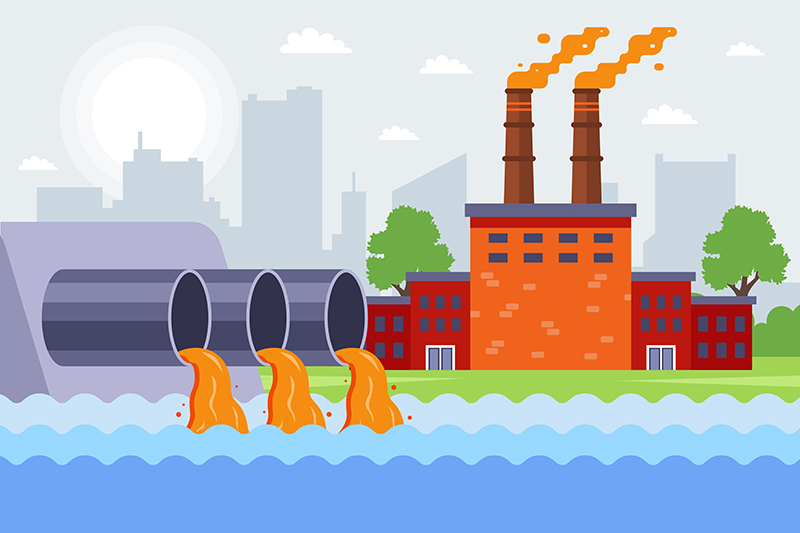what is poly aluminum chloride
What is Poly Aluminum Chloride?
Poly Aluminum Chloride (PAC) is an inorganic polymer compound that has gained considerable attention in various fields due to its versatile applications, particularly in water treatment processes. This chemical is characterized by its unique properties, which make it a highly effective coagulant for purifying drinking water, wastewater, and industrial effluents.
Chemical Composition and Structure
PAC is a water-soluble polymer with a nominal formula of Aln(OH)mCl3n-m. It consists of aluminum ions (Al^3+) and hydroxyl ions (OH^-), with chlorine ions (Cl^-) present to provide charge balance. The polymerization process in PAC leads to the formation of extended aluminum hydroxide structures, resulting in a range of molecular weights that can be tailored according to specific applications.
Production Process
The production of PAC involves the reaction of aluminum hydroxide with hydrochloric acid, or through the partial hydrolysis of aluminum chloride solution. The resulting compound can vary in basicity, which influences its efficiency as a coagulant. The basicity is typically expressed as the ratio of the hydroxyl ions to the aluminum ions, and is an important factor in determining PAC's performance in various conditions.
Applications in Water Treatment
One of the primary applications of PAC is in water treatment. Its coagulating properties allow it to effectively remove suspended particles, colloids, and other impurities from water. The process occurs through the neutralization of negative charges on particles, allowing them to clump together and form larger aggregates or flocs. These flocs can then be effectively removed from water through sedimentation or filtration.
PAC is particularly favored over traditional coagulants such as aluminum sulfate due to its lower dosage requirements and lower sludge production. Additionally, PAC functions effectively over a wide pH range, making it suitable for different water sources and treatment conditions.
Advantages of Using Poly Aluminum Chloride
what is poly aluminum chloride

1. Enhanced Coagulation Efficiency PAC exhibits superior coagulation capabilities compared to traditional coagulants. This heightened performance helps in achieving clearer water with lower residual turbidity levels.
2. Lower Dosages Required As mentioned earlier, PAC can achieve effective coagulation with smaller amounts compared to other coagulants, resulting in reduced chemical costs and less waste.
3. pH Stability The wide operational pH range of PAC allows for its use in diverse treatment scenarios without compromising efficacy. This flexibility makes it suitable for varying water qualities.
4. Reduced Sludge Production The formation of less sludge not only reduces waste disposal costs but also minimizes environmental impact, making PAC a more sustainable choice in water treatment processes.
5. Improved Settling PAC tends to create denser flocs that settle faster, thus enhancing the overall efficiency of the sedimentation process.
Other Applications
In addition to water treatment, PAC is utilized in other domains such as paper manufacturing, textile processing, and oil drilling. In the paper industry, PAC acts as a retention aid, helping to improve the quality of paper products by facilitating the retention of fine particles and fillers. In textiles, it can also be used as a mordant in dyeing processes.
Conclusion
Poly Aluminum Chloride is a versatile and efficient chemical compound widely used in water treatment and other industrial applications. Its unique properties, including enhanced coagulation efficiency, lower dosage requirements, and reduced sludge production, make it a favorable choice for various purification processes. As environmental concerns continue to grow, the use of sustainable and effective coagulants like PAC is likely to increase, paving the way for cleaner water and improved industrial practices. Understanding and leveraging the benefits of PAC can contribute significantly to advancements in water treatment technologies and environmental protection initiatives.
-
lk-319-special-scale-and-corrosion-inhibitor-for-steel-plants-advanced-solutions-for-industrial-water-systemsNewsAug.22,2025
-
flocculant-water-treatment-essential-chemical-solutions-for-purification-processesNewsAug.22,2025
-
isothiazolinones-versatile-microbial-control-agents-for-industrial-and-consumer-applicationsNewsAug.22,2025
-
scale-inhibitor-key-solutions-for-water-system-scale-preventionNewsAug.22,2025
-
organophosphonates-versatile-scale-inhibitors-for-industrial-water-systemsNewsAug.22,2025
-
scale-and-corrosion-inhibitor-essential-chemical-solutions-for-water-system-maintenanceNewsAug.22,2025





